
Lakeland is a city in Polk County, Florida, part of the Tampa Bay Area, located along Interstate 4 east of Tampa. According to the 2020 U.S. Census Bureau release, the city had a population of 112,641. Lakeland is a principal city of the Lakeland–Winter Haven Metropolitan Statistical Area.
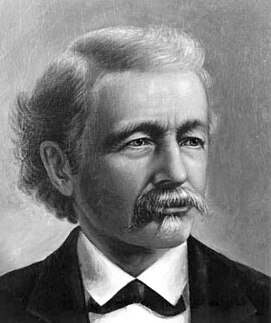
Henry Bradley Plant, was a businessman, entrepreneur, and investor involved with many transportation interests and projects, mostly railroads, in the southeastern United States. He was founder of the Plant System of railroads and steamboats.

The House at 116 West Davis Boulevard is a historic home in Tampa, Florida, United States. It is located at 116 West Davis Boulevard. On August 3, 1989, it was added to the U.S. National Register of Historic Places. Designed by architect Franklin O. Adams, Jr. and built in 1925, it is an example of the Mediterranean Revival style.

The House at 131 West Davis Boulevard is a historic home in Tampa, Florida. It is located at 131 West Davis Boulevard. On January 8, 1990, it was added to the U.S. National Register of Historic Places. Franklin O. Adams was the building's architect.
Frederick H. Trimble was an American architect in Central Florida from the early 1900s through the 1920s. He worked in the Colonial Revival, Spanish Colonial Revival and Prairie Style.
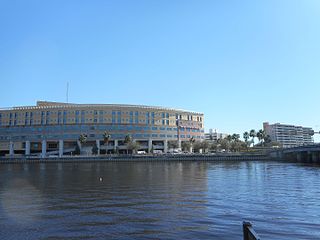
Tampa General Hospital (TGH) is a 1,041-bed non-profit, tertiary, research and academic medical center located on Davis Island in Tampa, Florida, servicing western Florida and the greater Tampa Bay region. TGH is one of the region's only university-level academic medical centers. Tampa General Hospital is the primary teaching affiliate of the Morsani College of Medicine of University of South Florida. TGH also features the area's only ACS designated level I adult and pediatric trauma center and has a rooftop helipad to handle medevac patients. Attached to the medical center is the Tampa General Hospital Children's Medical Center that treats infants, children, adolescents, and young adults up to the age of 21.
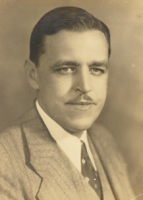
Gustav Adam Maass Jr. (1893–1964) was an American architect working primarily in the Mediterranean Revival style who designed public buildings and private homes in and around Palm Beach, Florida, from the 1920s until his death in 1964.

William Gibbons Preston was an American architect who practiced during the last third of the nineteenth century and in the first decade of the twentieth. Educated at Harvard University and the École des Beaux-Arts in Paris., he was active in Boston, New York, Rhode Island, Ohio, New Brunswick and Savannah, Georgia, where he was brought by George Johnson Baldwin to design the Chatham County courthouse. Preston stayed in Savannah for several years during which time designed the original Desoto Hotel, the Savannah Volunteer Guards Armory and 20 other distinguished public buildings and private homes. He began his professional career working for his father, the builder and architect Jonathan Preston (1801–1888), upon his return to the United States from the École in 1861, and was the sole practitioner in the office from the time his father retired c. 1875 until he took John Kahlmeyer as a partner in about 1885.

Shepard S. Woodcock (1824-1910) was an American architect practicing in Boston, Massachusetts during the second half of the nineteenth century.
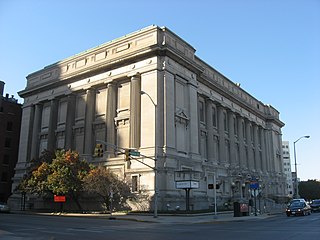
Rubush & Hunter was an architectural firm in Indianapolis, Indiana in the United States. Established in 1905 by architects Preston C. Rubush and Edgar O. Hunter, Rubush & Hunter operated until 1939.

Joseph Florence Leitner was an American architect whose work includes several rail stations. In Columbia, South Carolina he worked for Charles Coker Wilson for five years. Later he partnered with William J. Wilkins (architect), first in Florence, South Carolina and then in an office in Wilmington, North Carolina, where Leitner practiced for a decade. to form Leitner & Wilkins. His work included commercial, educational, fraternal religious, industrial, residential, and transportation buildings in colonial revival architecture, Flemish architecture (especially gables, Italianate architecture and Romanesque revival architecture styles. He ended his career in Florida.

M. Leo Elliott was an architect known for his work in Tampa, Temple Terrace and Sarasota, Florida. His designs include the public buildings and first eight houses in the City of Temple Terrace, Florida (1921), Ybor City's Centro Asturiano de Tampa, Old Tampa City Hall, Osprey School, two buildings that were part of Florida College and the original Temple Terrace Estates, Masonic Temple No. 25 (1928), the 1920 addition to Sarasota High School and Historic Spanish Point. Several of the properties are listed on the National Register of Historic Places.

Wilbur B. Talley was an architect in Florida. He worked in Jacksonville until the death of his wife Nellie and daughter Sarah, who were riding in a car hit by a train on December 21, 1919. After the accident, he moved to Lakeland, Florida where he continued working as an architect.
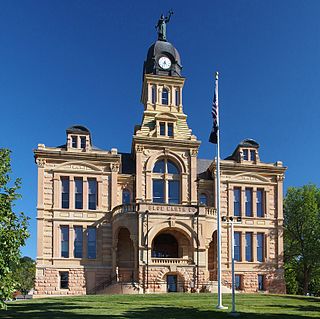
Truman Dudley Allen (1829-1897), commonly known as T. D. Allen or T. Dudley Allen, was an American architect. He moved frequently throughout his career, practicing in Iowa, Minnesota, Nebraska, Ohio and Wisconsin, but most of his prominent works date from his residence in Minneapolis at the close of his career.
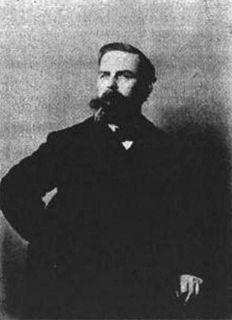
Lambert Packard (1832-1906) was an American architect from St. Johnsbury, Vermont.

Fred J. James was an American architect born in Canada. He came to Florida some time around 1885. He had an office in the Citizens Bank Building in Tampa, Florida. He designed El Centro Español of West Tampa.
The following is a timeline of the history of the city of Huntington, West Virginia, USA.
Fred A Henderich was a leading architect of the Florida land boom of the 1920s. He was a native of New York and graduated from Columbia University. Henderich came to Saint Augustine in 1905 to work for Henry Flagler's Florida East Coast Hotel Company and lived and worked in the city for over twenty years.
Walter Frederic Martens was an American architect who worked mainly in West Virginia. He is best known for building the West Virginia Governor's Mansion (1926).

Clifford Scott Franklin is an American politician and businessman who is the U.S. representative for Florida's 15th congressional district. He is a member of the Republican Party.















